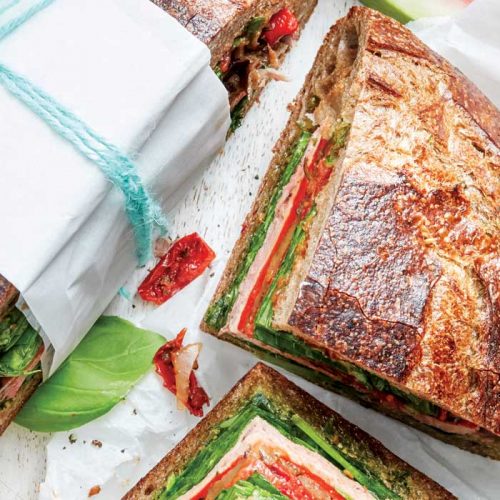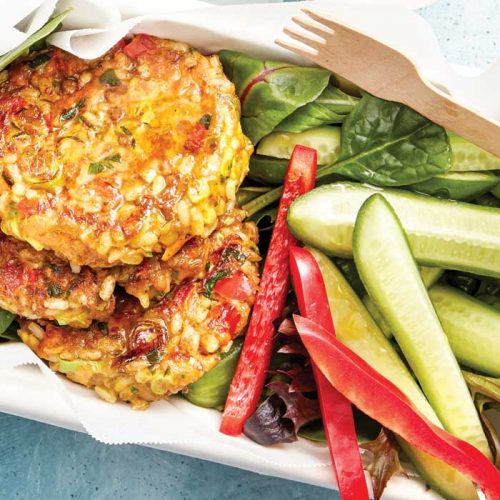
Dietitian Jennifer Low shares her top tips for sticking to healthy portion sizes
Eat for your energy needs
Eat for your body size and activity levels, not your partner’s. Women generally need to eat less than men, and sedentary workers less than manual or more active people.
Learn the perfect plate
Divide from different groups on your plate for a visual reference until you get used to the new quantities. Your plate should look like this: ½ veg, ¼ starchy carbs, ¼ protein, so you’ll be cutting energy density (calories) while boosting nutrient density (vitamins and minerals).
Use smaller plates
Take a stock check of your dinner plates and bowls. Have they gradually upsized over the years? By switching to smaller ones you’ll automatically be serving smaller portions.
Manage your leftovers
Instead of picking at leftovers after you’ve finished eating, decant them straight into a container to chill or freeze for another day.
Stay focussed
Avoid distractions while eating, such as watching TV or using your computer. Sitting at the table and focusing on the food will help you register when you’re full.
Use your kitchen
Plate up in the kitchen rather than at the table, so you don’t start tucking into seconds… or thirds.
Adapt recipes
If you’re eating solo and you cook a recipe for two or four, there’s a chance you’ll eat more. When cooking Healthy Food Guide recipes, you can adapt them by halving quantities. If you stick to the recipe, freeze the extra portions.
Don’t be afraid to leave food on your plate
There’s no need to clear your plate just because the food is there, or force your children to. It’s ingrained in many of us not to leave food on our plate, but it’s not helpful to override your natural fullness signals.
Try to concentrate on how you feel, as opposed to how much you think you should eat. You may be inclined to put less on your plate when you realise how much you actually need.
Need a snack?
If your downfall is picking between meals, choose nutritious snacks rather than those with ‘empty’ calories. Here are some satisfying options to bridge the gap:
- 1 slice malt loaf
- 25g plain popcorn
- 25g bag baked crisps
- 1 slice fruit loaf
- 25g mixed dried fruit and nuts
- oatcake spread with ricotta cheese and cucumber
- 1 wholemeal ‘thin’ with 1 tomato
- 20g chocolate-coated raisins
- 100g non-fat greek yogurt with 100g frozen mixed berries,defrosted
- 280ml trim/skim latte/cappuccino
- 1 large orange
- 1 medium banana
- 1 medium pear plus 1 kiwifruit
- 150g grapes
- 300g honeydew melon
- 250g fresh berries
- 30g dried apples
- 55g ready to eat dried apricots
You might also be interested in:
www.healthyfood.com










